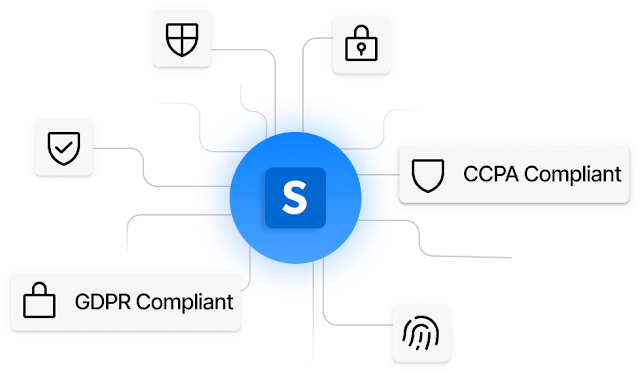Leveraging LinkedIn Scraping Tools for Smarter Data Insights
Data is more important in the digital era in forming company policies and choices. LinkedIn and other sites provide enormous volumes of professional data that may be used to improve marketing efforts, find talent, and examine industry trends. However, manually extracting this information is time-consuming and inefficient. This is where a LinkedIn scraping tool comes into play. These tools automate the extraction process, enabling businesses to gather relevant data quickly and efficiently.
The Growing Importance of LinkedIn Data
With almost 700 million members globally, LinkedIn is now the biggest professional networking tool available. It is a treasure trove of valuable data such as job titles, professional skills, company information, and geographical locations. Scraping LinkedIn data allows businesses to collect this publicly available information, which can be used to build robust databases for lead generation, market analysis, and talent scouting. The power of LinkedIn scraping lies in its ability to automate the extraction process and yield accurate results in less time.
How LinkedIn Scraping Tools Work
A LinkedIn scraping tool functions by mimicking the actions of a human user on the platform. It automatically navigates through LinkedIn profiles, company pages, and posts, extracting information in a structured format. The tool collects data such as user names, job titles, skills, company affiliations, and location details. By automating this task, users can avoid manually sifting through countless profiles. This process not only saves time but also ensures accuracy, as scraping tools can capture more data without the risk of human error.
Benefits of Using LinkedIn Scraping Tools
One of the key advantages of using a LinkedIn scraping tool is efficiency. Manual data collection is tedious and prone to mistakes, whereas scraping tools can extract vast amounts of data within minutes. These tools also provide the flexibility to filter data based on specific parameters, such as job titles, industries, or locations. This makes it easier to target the right audience for marketing campaigns or recruitment efforts. Additionally, many LinkedIn scraping tools allow users to export the collected data into useful formats such as CSV or Excel, facilitating easy analysis.
Legal and Ethical Considerations for Scraping
Although scraping LinkedIn data can be quite helpful, one should approach it carefully. LinkedIn's terms of service explicitly prohibit unauthorized scraping activities. Scraping tools that violate these terms could lead to account suspensions or legal actions. To mitigate risks, businesses should use scraping tools that adhere to LinkedIn’s guidelines and avoid scraping sensitive or private data. Ethical considerations should always be at the forefront, ensuring that scraping practices do not infringe upon privacy or violate legal restrictions.
Finding the Right LinkedIn Scraping Tool
The correct LinkedIn scraping tool will depend on several criteria, including handling large amounts of data, simplicity of use, and customizing possibilities. Some tools are more user-friendly and designed for beginners, while others offer advanced features like data analytics and API integrations for developers. It is crucial to select a tool that meets specific business needs. Moreover, it is important to consider tools that regularly update their features to keep pace with LinkedIn’s evolving platform.
Conclusion
In conclusion, LinkedIn scraping tools are an invaluable resource for businesses looking to gather and analyze professional data quickly and efficiently. Tools like scrapin.io offer solutions for businesses to access relevant LinkedIn data while ensuring that the process is automated, accurate, and efficient. As long as the scraping process is conducted responsibly, it can lead to significant business advantages, including better marketing insights, recruitment strategies, and competitive analysis. Using these instruments might open fresh chances for success and expansion in the data-driven environment of today.




Comments
Post a Comment